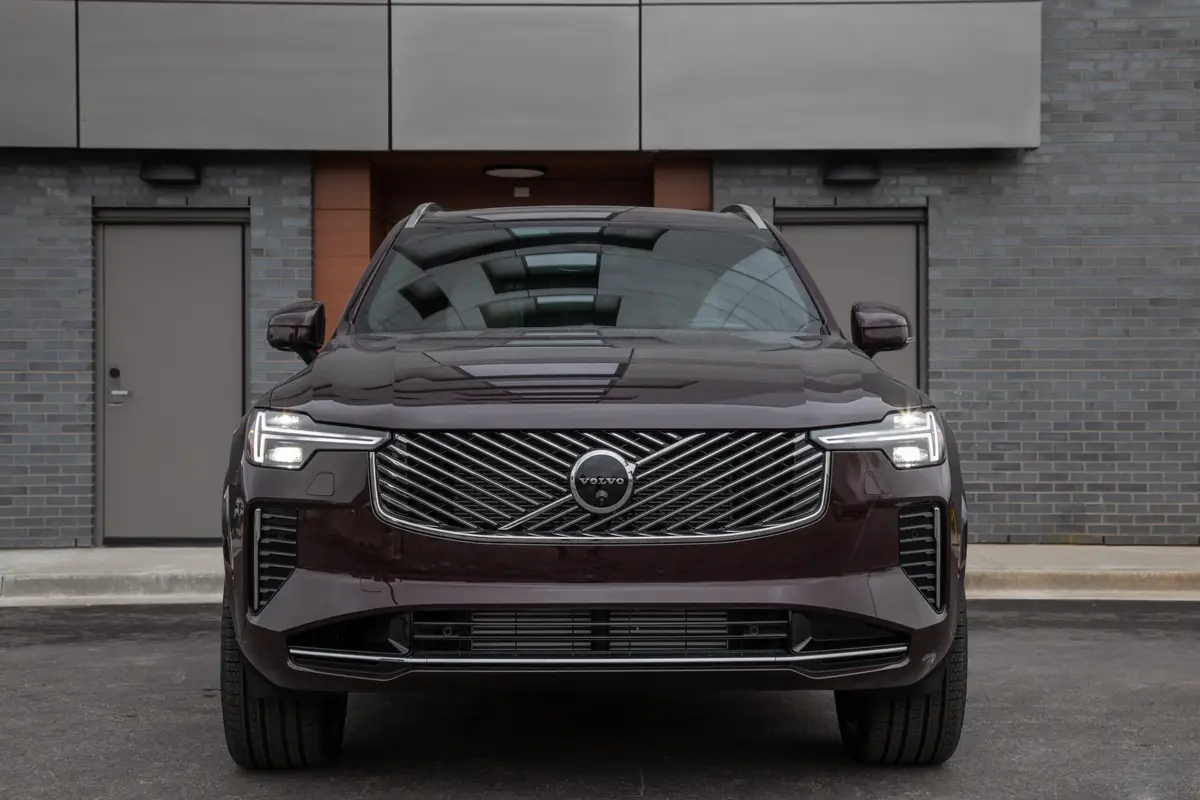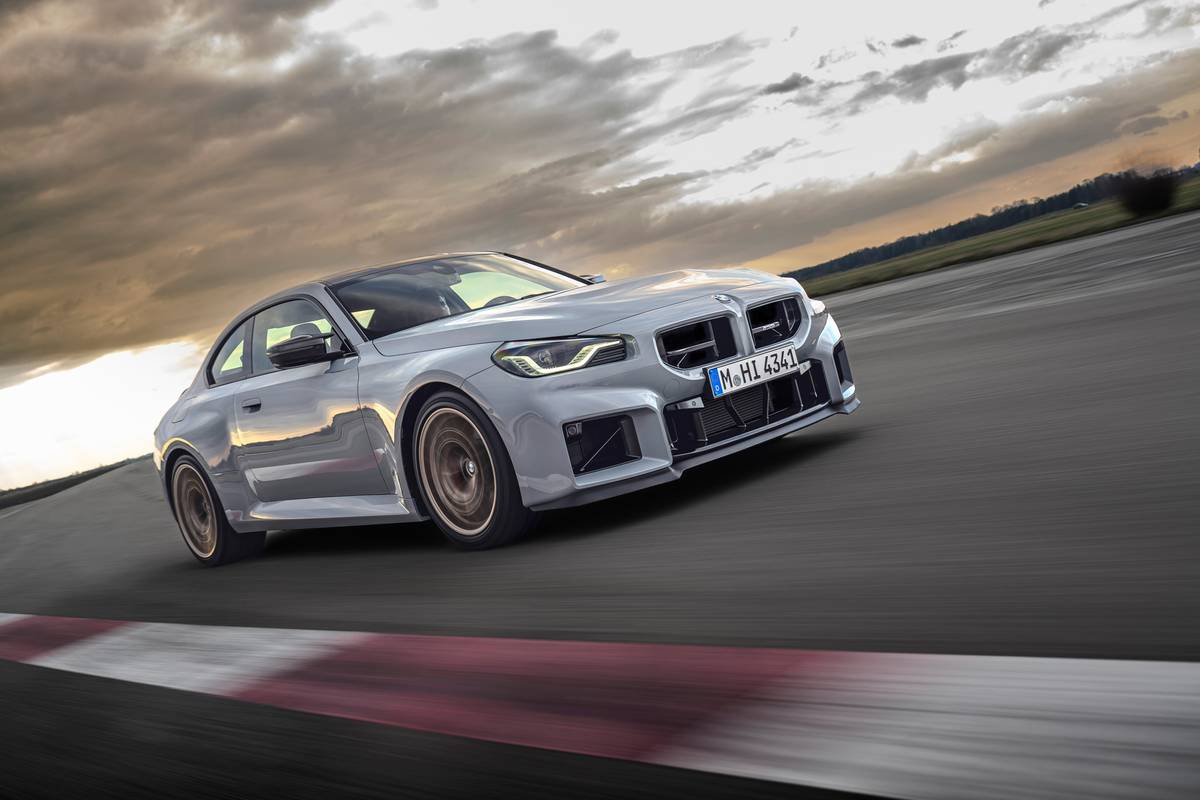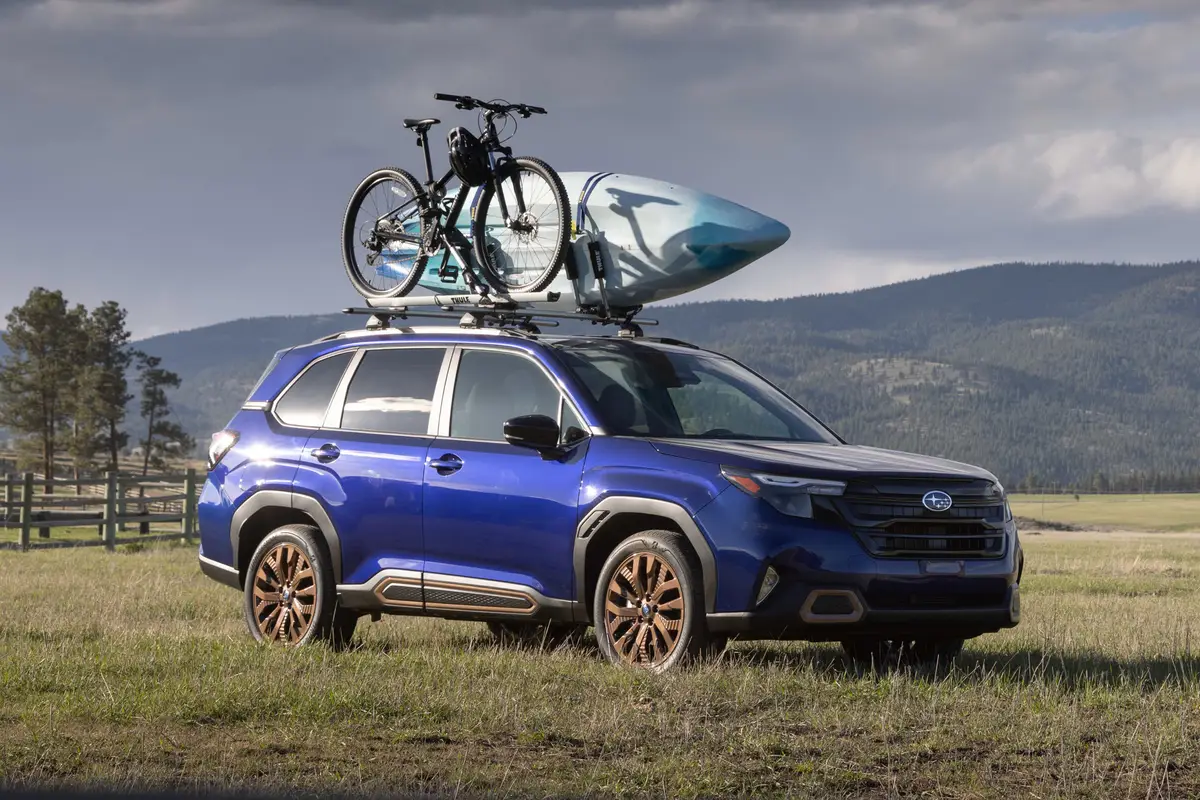The Morning Call and Mcall.com's view
If bigger is better then the Pontiac Parisienne Wagon must be one of the best cars around. If this logic somehow fails to get across, it at least is one of the biggest cars around.
This traditional V-8-powered, rear-drive, family-type station wagon, at first, seems a bit out of place in an age of downsized, front-wheel-drive automobiles. But its virtues become apparent if someone wants to move a large batch of people under one roof or a large volume of cargo. Eight real people can be hauled – three up front, three in the middle and two (facing backwards) in the rear seat. With the back seat folded, there’s room for six passengers along with 50 cubic feet of cargo space. With the rear and middle seat folded, you can still carry three people and have 88 cubic feet of cargo space.
This type of big wagon was still common right until the late 1970s, but their gas gluttony, coupled with the ever-increasing price of fuel and federal mandated fuel mileage did cut down the population rapidly. Today’s remaining big wagons are still big but are a not quite so thirsty at the fuel pump. To be sure, they are not economy cars but mileage is much more acceptable. Besides, according to an old Scottish legend just made up, if someone wants to dance in a big station wagon, one has to be prepared to pay the extra pipers.
The test vehicle – a Parisienne Safari model supplied by Knopf Automotive, 3401 Lehigh St., Allentown – was an attractive looking car – or as attractive- looking as a station wagon can get – done up in metallic silver with applique woodgrain siding. It drove just like a big station wagon should and was quite predictable. And if this is what you are interested in, you can’t ask for any more.
The only strange thing about the test car was its name. Now I ask you where did Pontiac ever get a name like that for an all-American car? There is a reason but even after thinking about it, it still makes very little sense. Well, here’s the story: The Parisienne is really a born-again car. Back in 1981, Pontiac decided it would discontinue its full-sized car – the Bonneville – for the 1982 model year. At the time, no one, but no one, wanted a big car. But in 1982 there was renewed interest in the big car and this interest grew right into 1983.
By this time Pontiac executives were wringing their collective hands and trying to figure out how they were going to cash in on some of these big car bucks. Actually, they didn’t have to do too much figuring out. The big Pontiac was still being built, only it was being built in Canada for that market. So to get back in the big car business for 1984, the big Pontiac was whisked off the Canadian assembly lines and shipped to the States. Apparently this haste was so great, that the Canadian name for the car – the Parisienne – was retained. (Pontiac couldn’t name it the Bonneville since that name was already bestowed upon the mid- size Pontiac.) Now I would say that a car named the Parisienne makes a lot of sense if you are trying to sell a car to French- Canadians. But, somehow, it fails to hit the mark in this country. Apparently, though, many people felt ”what’s in a name?” and bought the car anyhow. In fact, so many were bought that Pontiac had to open an assembly line at Airfax, Kansas. And this is where the test car was built, which makes it as American as Dorothy and Toto.
Anyway, the Parisienne wagon has a wheelbase of 116 inches; overall length, 215 inches; width, 79.3 inches; height, 57.4 inches, and curb weight, 3,650 pounds. Even by 10-year-old standards, it is still a good-sized car. But you will notice that the weight is considerably lower than big wagons of yesterdays. This reduction in weight allows for the use of a smaller engine (smaller than the 455 cubic inch V-8 of a decade ago) that can produce comparable performance and better fuel mileage.
The standard pow rtrain for the wagon is the 305 cubic inch V-8 (5.0 liter) and four-speed automatic overdrive transmission. (The four-door sedan model comes standard with a 262 cubic inch (4.3 liter) V-6 and three-speed automatic.) The 305 V-8 has a four-barrel carburetor (Rochester Quadrajet) and is rated at 165 horsepower at 4,200 rpm and 250 foot pounds torque at 3,200 rpm. Not surprisingly, performance is quite good. The four-barrel carburetor really opens up and gets things rolling when you stick your foot into it. But when there’s no power demand, the engine operates on two barrels for better economy. The four-speed automatic is also ready to do its all when stomped on. So between the carburetor kicking in two more barrels and the transmission downshifting, this big wagon is ready for rapid acceleration or quick passing.
The test vehicle averaged 12 miles per gallon for city driving and 19 mpg over the highways. Not really bad, all things considered.
(For those who are interested, and it doesn’t seem like there are many these days, the wagon is also available with a 350 cubic inch (5.7 liter) V-8 diesel.)
Despite its intimidating size, the Parisienne wagon is an easy vehicle to drive. Or, let’s say, a lot easier than it looks. Judging distance is very easy – just look at the hood ornament up front and the rear window in the back and you can’t go wrong. The rest of the power equipment tames things down. In fact, it is really a take-aim-and-drive-car . With its long wheelbase and coil springs on all four-wheels, the wagon also had a comfortable – but not mushy – ride. Since it is a station wagon, it does have heavier springs than a passenger car to carry the anticipated heavier loads. But this, too, isn’t all that noticeable.
As mentioned, eight persons can ride in a degree of comfort in this wagon. I wouldn’t want to go across the width of the continent with seven other people in this vehicle, but for trips to theshore or to the mountains it is very tolerable. Fewer folks, of course, will mean more room to stretch out. Passengers will also have a very quiet ride. It is obvious that plenty of sound-deadening material has been used throughout the vehicle.
For all you get, the Parisienne wagon really isn’t badly priced. If you consider how much you are getting for your money, it could be considered a bargain. The wagon has a base price of $10,945. Standard equipment included the 305 V-8 and four-speed automatic, 225/75R15 steel belted radials, power brakes, power steering, AM radio with digital clock and a bunch of trim and convenience items. The test vehicle had a destination charge of $475 and options adding up to $3,317 for a total price of $14,737.
The long list of options included: air conditioning, $730; six-way power seat, $215; power door locks and tailgate release, $225; soft ray glass, $110; power windows, $260; woodgrain applique, $345; rear window defogger, $140; cruise control, $175; tilt steering wheel, $110; wire wheel covers, $190; electronic AM-FM stereo, $148, and roof rack, $110.
Latest news



